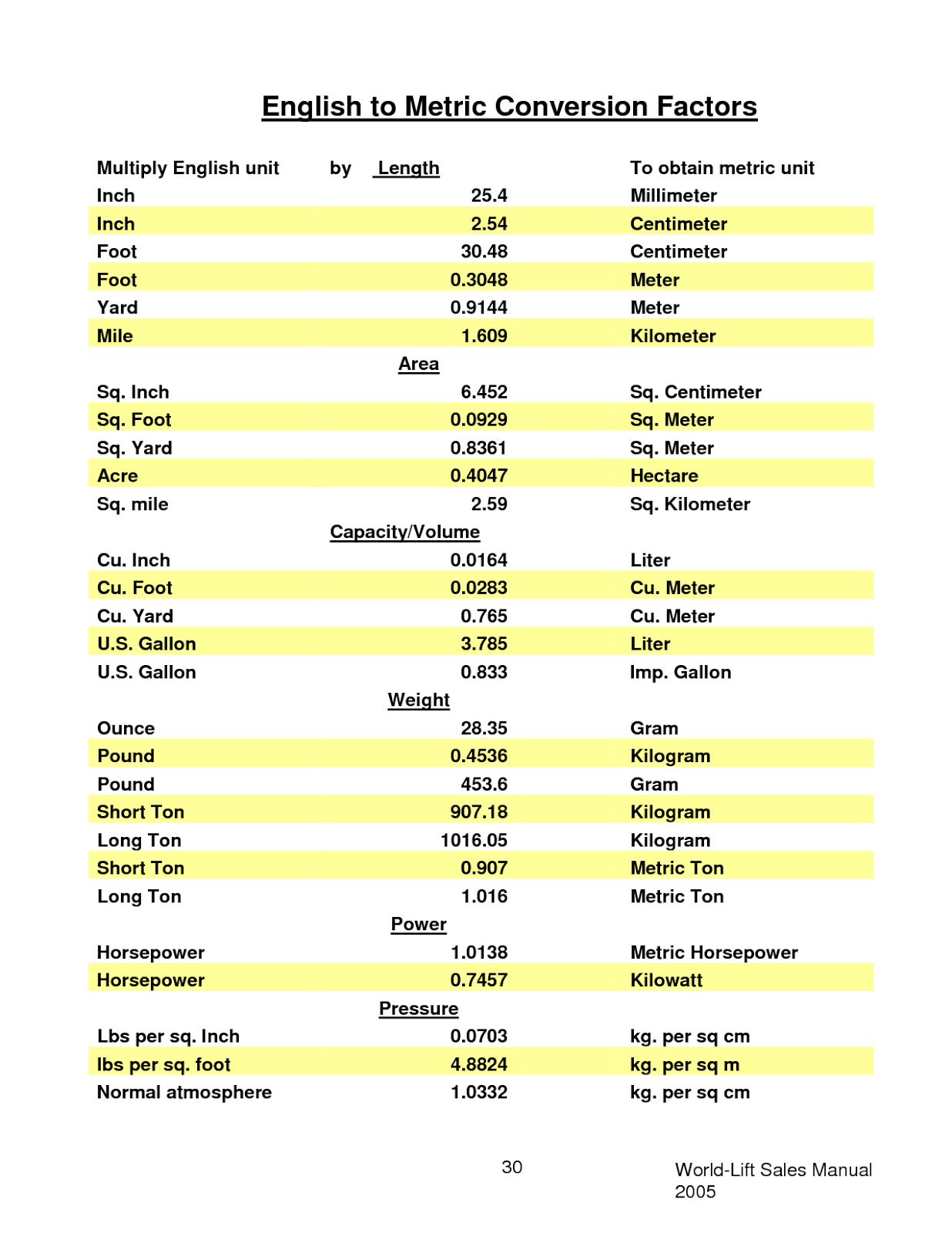Physics Unit Conversions Worksheet

Understanding the Basics of Unit Conversions in Physics

Physics often involves working with units from different systems or converting them to express physical quantities in more understandable forms. Mastering unit conversions is crucial, as it helps in solving problems accurately and communicating scientific findings effectively. This blog post aims to provide a comprehensive guide on converting units in physics, helping students and enthusiasts alike to grasp this essential skill.
Why Unit Conversions are Important

In physics, measurements are vital. From measuring distance in centimeters or light years to measuring energy in joules or kilowatt-hours, understanding how to convert between these units is fundamental. Here’s why:
- Universal understanding: Physics is a global science, and converting units ensures everyone understands the measurements regardless of the system used.
- Problem-solving: When solving problems, converting units can simplify equations and make calculations more manageable.
- Comparability: Converting units allows for direct comparison of physical quantities measured in different systems.
Basic Conversion Techniques

There are several methods to perform unit conversions, but one of the most straightforward is the dimensional analysis or factor-label method:
- Dimensional Analysis: This method uses conversion factors (which are fractions equal to 1) to cancel out unwanted units and retain the desired ones. Here's a simple example:
| Step | Conversion |
|---|---|
| 1 | Start with the quantity to be converted, say, 15 feet (ft). |
| 2 | Multiply by conversion factor (1 ft = 0.3048 m): |
| 3 | \[ 15 \text{ ft} \times \frac{0.3048 \text{ m}}{1 \text{ ft}} = 4.572 \text{ m} \] |

📝 Note: Always ensure that the conversion factor is set up in such a way that the units you want to cancel are in the denominator.
Common Units in Physics and Their Conversions

Here are some of the most common units and their conversions that are frequently used in physics:
- Length:
- 1 meter (m) = 100 centimeters (cm)
- 1 kilometer (km) = 1,000 meters
- 1 mile (mi) = 1.60934 kilometers
- Mass:
- 1 kilogram (kg) = 1,000 grams (g)
- 1 pound (lb) = 453.592 grams
- Time:
- 1 minute (min) = 60 seconds (s)
- 1 hour (h) = 3,600 seconds
- Volume:
- 1 liter (L) = 1,000 cubic centimeters (cm³)
- 1 gallon (gal) = 3.78541 liters
- Energy:
- 1 joule (J) = 1 newton meter (N∙m)
- 1 kilowatt-hour (kWh) = 3.6 megajoules (MJ)
- Temperature:
- Kelvin (K) = °Celsius + 273.15
- Fahrenheit (°F) = (°C × 9/5) + 32
Tips for Easier Conversions

To make unit conversions in physics less daunting, consider these tips:
- Use conversion tables or charts: Having a handy reference can speed up the process.
- Understand prefixes: Familiarize yourself with SI prefixes (kilo-, milli-, centi-, etc.) to quickly understand the scale of units.
- Practice dimensional analysis: This method can make any conversion straightforward, regardless of complexity.
- Check your work: Always verify your conversions to ensure you haven't made an error in calculation or understanding.
Converting units in physics isn't just about arithmetic; it's about understanding the relationship between different physical quantities and dimensions. By mastering this skill, you not only improve your problem-solving abilities but also deepen your understanding of the physical world.
Why do we need to convert units in physics?

+
Unit conversions in physics allow for the comparison of measurements across different systems, enabling scientists to collaborate and understand results worldwide. It also simplifies equations, making calculations more manageable.
What is the factor-label method in unit conversion?

+
The factor-label method, or dimensional analysis, involves using conversion factors that are fractions equal to 1 to cancel out units you don’t want and convert to the units you need. For instance, if you want to convert feet to meters, you’d multiply by the conversion factor (1 ft = 0.3048 m) to cancel out feet and leave meters.
Are there common pitfalls in unit conversion?

+
Yes, common pitfalls include forgetting to convert all the units involved, using the wrong conversion factor, and not checking that units cancel correctly in the equation. Always ensure you understand the conversion and double-check your work.
How can I improve my unit conversion skills in physics?

+
Practice is key. Use worksheets, online exercises, and real-life scenarios to convert units. Familiarize yourself with common conversion factors and learn to recognize when conversion is necessary in a problem.
Do I need to memorize all conversion factors?

+
No, you don’t need to memorize all conversion factors. However, knowing some common ones (like mass, length, volume, and energy) can speed up your work. Also, understanding prefixes in the SI system helps in making quick mental conversions.



